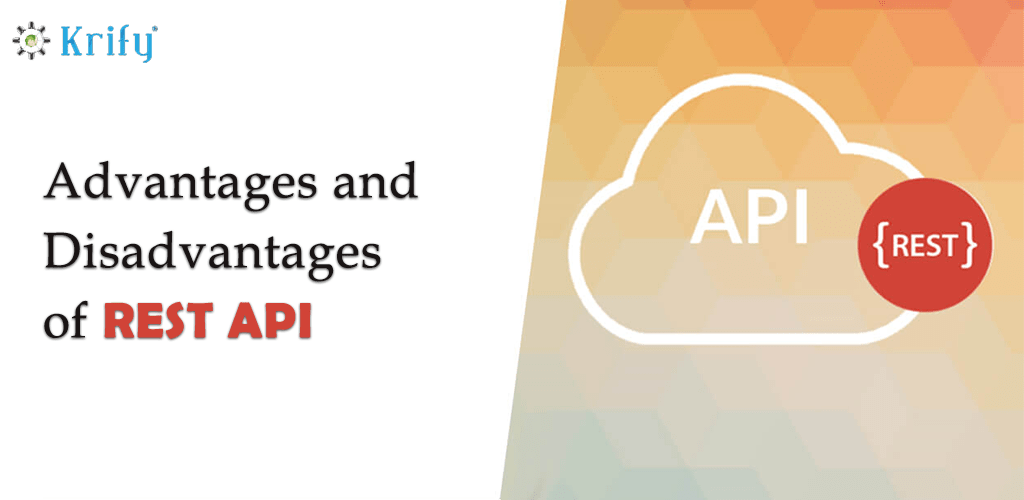Standard data transfer protocols offer great capabilities, but also difficult to handle. SOAP – simple object access protocol was one such example. Yet the use of simpler alternatives such as REST has grown exponentially. The interface between systems using HTTP to receive data or perform operations over it in different formats such as JSON and XML allow much faster handling. There are many applications that projects use a REST API and thousands of companies use these due to its benefits. They achieve logical API creation for internet services.
About REST API:
REST stands for Representational State Transfer. REST is designed for especially working with components such as files, objects, media components on a particular hardware device. Web service defined on principles of REST and can be defined as a RESTful web service. RESTful web service can use normal POST, DELETE, PUT, and HTTP verbs of GET for working with required components.
Why REST?
- Due to scalability, the protocol stands out when compared to other API’s. The reason due to the server and client separation.
- Because of its flexibility and portability. With REST essential data covered in one request not ending at this but also easier to shift the data from one server to another one. It gives access to modifications on the database at any time.
- The separation of server and client made it easy for the protocol to work on various development projects independently. It is adaptable to various working syntax and platforms and brings opportunities to work on various projects.
Difference between REST and RESTful:
REST web service is a Representational State Transfer and an architectural pattern for creating web services whereas the RESTful service is one that implements that pattern. So there is no special difference in between. However, how good your architecture complies with an absolute standard but how well it tallies your needs & grows with your business.
When to use REST?
- Limited bandwidth and resources: SOAP messages are heavy in content and consume greater bandwidth, REST should be used where network bandwidth is the constraint.
- Ease of coding: coding REST service and implementing is easier than SOAP. So, if a fast solution is required for web services, then REST web service is the best way.
- Cache: if there is a need for cache and a lot of requests then REST is the perfect one. This increases the no of requests which are sent to the server. Implementing a cache, the most frequent queries results stored in an intermediate solution. Whenever the clients request for a resource, it checks the first cache. If resources exist, then it will not proceed to the server. Caching can help to minimize the number of trips.
Advantages and disadvantages of REST API:
Advantages of REST API:
- REST API is easy to understand and learn, due to its simplicity, known API.
- With REST API, being able to organize complicated applications & makes it easy to use resources.
- The high load can be managed with help out of HTTP proxy server & cache.
- REST API is easy to explore and discover.
- It makes it simple for new clients to work on other applications, whether it is designed specifically for purpose or not.
- Use standard HTTP procedure call- outs to retrieve data and requests.
- REST API depends on codes, can use it to synchronize data with a website without any complications.
- Users can avail access to the same standard objects and data model when compared to SOAP-based web services.
- Brings flexibility formats by serializing data in XML or JSON format.
- Allows Standard-based protection with the use of OAuth protocols to verify your REST requests.
Disadvantages or Challenges in REST:
- Lack of state: most web applications require stateful mechanisms. Suppose you purchase a website which has a mechanism to have a shopping cart. It is required to know the number of items in the shopping cart before the actual purchase is made. This burden of maintaining the state lies on the client, which makes the client application heavy and difficult to maintain.
- Last of security: REST doest impose security such as SOAP. That is the reason REST is appropriate for public URLs, but it is not good for confidential data passage between client and server.
Conclusion:
With the help of REST, API complications reduce to zero, and things are easier with fewer resources in context. It can manage resources with ease and with few operations.
At Krify, we are inspired to blog about the various latest technologies, and we give our experience thoughts on technologies that they use for various businesses. Discover with us the different pools of technologies.
To know more about developing REST and RESTful API’s we are the right one. Contact us.




